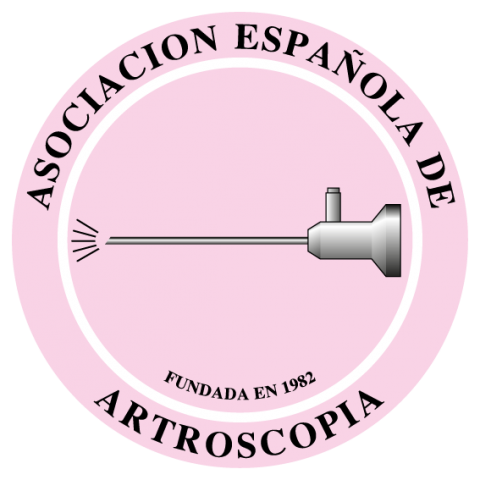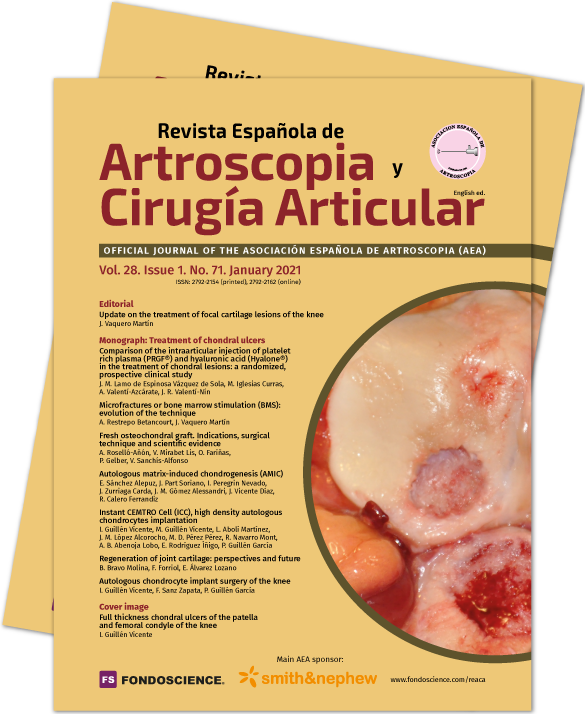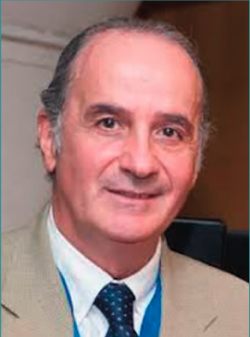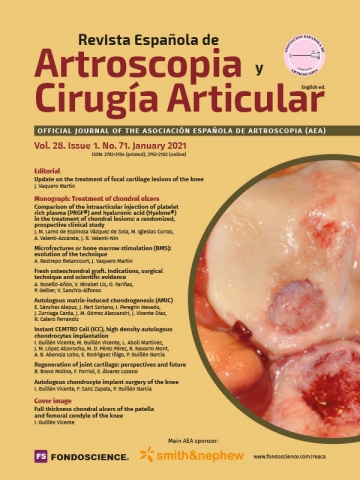Despite the therapeutic advances of recent years, focal cartilage defects of the knee remain a challenge for orthopedic surgeons, who find few reliable recommendations based on evidence when choosing the best treatment option, apart from the age of the patient or the size of the lesion(1).
Purely palliative treatments such as chondroplasty or debridement remain the most commonly used arthroscopic techniques both in the United States and in the Scandinavian countries(2,3), and among those strategies with therapeutic intent, microfractures are by far the most frequently used approach. It is notorious that regeneration techniques only represent 2% of all cartilage surgeries performed in the United States(2,4).
Microfractures are therefore still the gold standard and the first choice treatment for focal chondral lesions, in view of their technical simplicity, immediate availability in the operating room, the extensive experience accumulated over the years and, of course, their low cost compared to regeneration techniques(5). Despite the afforded pain relief and good functional outcomes reported by most published studies, deterioration has been observed beyond 5 years of follow-up(6), independently of the patient characteristics. The optimum indications, therefore, correspond to non-obese patients under 40 years of age, with lesions measuring under 4 cm2 in size, located in the femoral condyles and that do not affect more than 5 mm of subchondral bone, and with symptoms manifesting only in the last year.
The field of cartilage repair continues to evolve, and it has been seen that the greatest challenge is the restoration of a competent extracellular matrix from both the biochemical and the biomechanical perspective, capable of intimately integrating with the surrounding cartilage tissue. This explains the interest that has emerged in relation to "biological augmentation" measures, such as the use of platelet-rich plasma (PRP) or of multipotent mesenchymal cells with antiinflammatory, immune modulating and paracrine properties. A new generation of bone marrow stimulating techniques is being introduced, seeking to create a "superclot" thanks to finer and deeper perforations that enhance cellular richness(7) and afford improved mechanical anchoring thanks to the use of "scaffolds" placed over the defect in the form of a bioactive gel(8) or collagen membrane(9). The additive effect of PRP, as well as of the mesenchymal stromal cells, in both the clot and as an intraarticular injection, appears to improve chondrogenesis(10). These "augmented" microfracture techniques have become a clinical reality used by a growing number of surgeons, convinced that the clinical outcomes will be better and more lasting in time than the classical microfractures, and that they will be able to compete advantageously with the cartilage regeneration techniques. While in wait of the results of new comparative, well designed and statistically robust studies capable of generating scientific evidence, it would be ideal to have a registry of cartilage repair techniques to allow the early identification of those procedures guaranteeing greater and revision surgery-free knee survival. Unfortunately, in this field, the population variations, lesion differences, the association of surgical manoeuvres, or the rehabilitation protocols involved, make it difficult to reach this objective.
The different authors that participate in this monographic issue - all good friends whom I publicly thank for their collaboration - have contributed through their excellent works to clarify and support our treatment decisions. Many further studies will be needed in order to construct solid evidences.
Almost a decade has gone by since I last wrote on this opening page of Cuadernos de Artroscopia (now REACA), to which I dedicated many years and much enthusiasm, and I would not want to end this Editorial without thanking the Editorial Board of the journal for their confidence in asking me to take charge of this monographic issue. I hope not to have disappointed either them nor our dear readers.
Prof. Javier Vaquero-Martín
Chairman of Orthopedic Surgery and Traumatology. Universidad Complutense. Madrid
Head of the Department of Orthopedic Surgery and Traumatology. Hospital General Universitario Gregorio Marañón. Madrid






